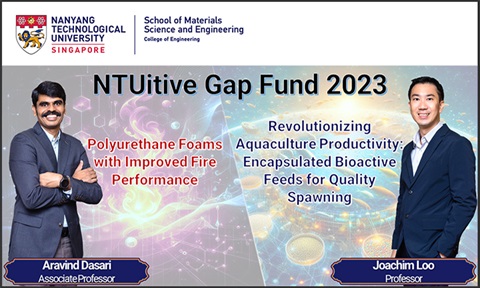An electrifying new way to seal up broken blood vessels – Associate Professor Terry Steele
We are delighted to share the research achievement of Associate Professor Terry Steele and his team, which has been featured in various media.
Associate Professor Terry Steele and his team have developed a device that offers a quicker and less invasive way to seal tears and holes in blood vessels, using an electrically activated glue patch applied via a minimally invasive balloon catheter. This
device could eventually replace the need for open or keyhole surgery to patch up or stitch together internal blood vessel defects.
After inserting the catheter into an appropriate blood vessel, the glue patch – nicknamed ‘Voltaglue’ – can be guided through the body to where the tear is located and then activated using retractable electrodes to glue it shut
in a few minutes, all without making a single surgical cut. Voltaglue is a new type of adhesive that works in wet environments and hardens when a voltage is applied to it. This catheter device is the first proof-of-concept application of Voltaglue
in a medical setting since it was invented by NTU Associate Professor Terry Steele in 2015.

From left: Assoc Prof Terry Steele and Dr Manisha Singh. Source: NTUsg, Youtube
Associate Professor Steele said: “The system that we developed is potentially the answer to the currently unmet medical need for a minimally-invasive technique to repair 2 arteriovenous fistulas (an abnormal connection between an
artery and a vein) or vascular leaks, without the need for open surgery. With Voltaglue and the catheter device, we open up the possibility of not having to make surgical incisions to patch something up inside – we can send a catheter-based
device through to do the job.”
The breakthrough research was published in the peer-reviewed scientific journal Science Advances, with the title “Minimally Invasive Electroceutical Catheter for Endoluminal Defect Sealing”. The research article can be found via this link:
https://advances.sciencemag.org/content/7/14/eabf6855.
Our heartiest congratulations to Prof Steele and his team on the excellent achievement!
Media Coverage:
Science, 3 May
MedicalXpress, 3 May
BioSpectrum Asia, 3 May
Mirage News (Australia)
Science Daily, 3 May
New Atlas, 3 May
USA News Lab, 3 May
News Medical Life Sciences, 4 May
Technoguide, 3 May (France)














/enri-thumbnails/careeropportunities1f0caf1c-a12d-479c-be7c-3c04e085c617.tmb-mega-menu.jpg?Culture=en&sfvrsn=d7261e3b_1)

/cradle-thumbnails/research-capabilities1516d0ba63aa44f0b4ee77a8c05263b2.tmb-mega-menu.jpg?Culture=en&sfvrsn=1bc94f8_1)

7e6fdc03-9018-4d08-9a98-8a21acbc37ba.tmb-mega-menu.jpg?Culture=en&sfvrsn=7deaf618_1)




.tmb-listing.jpg?Culture=en&sfvrsn=db3c4417_1)

